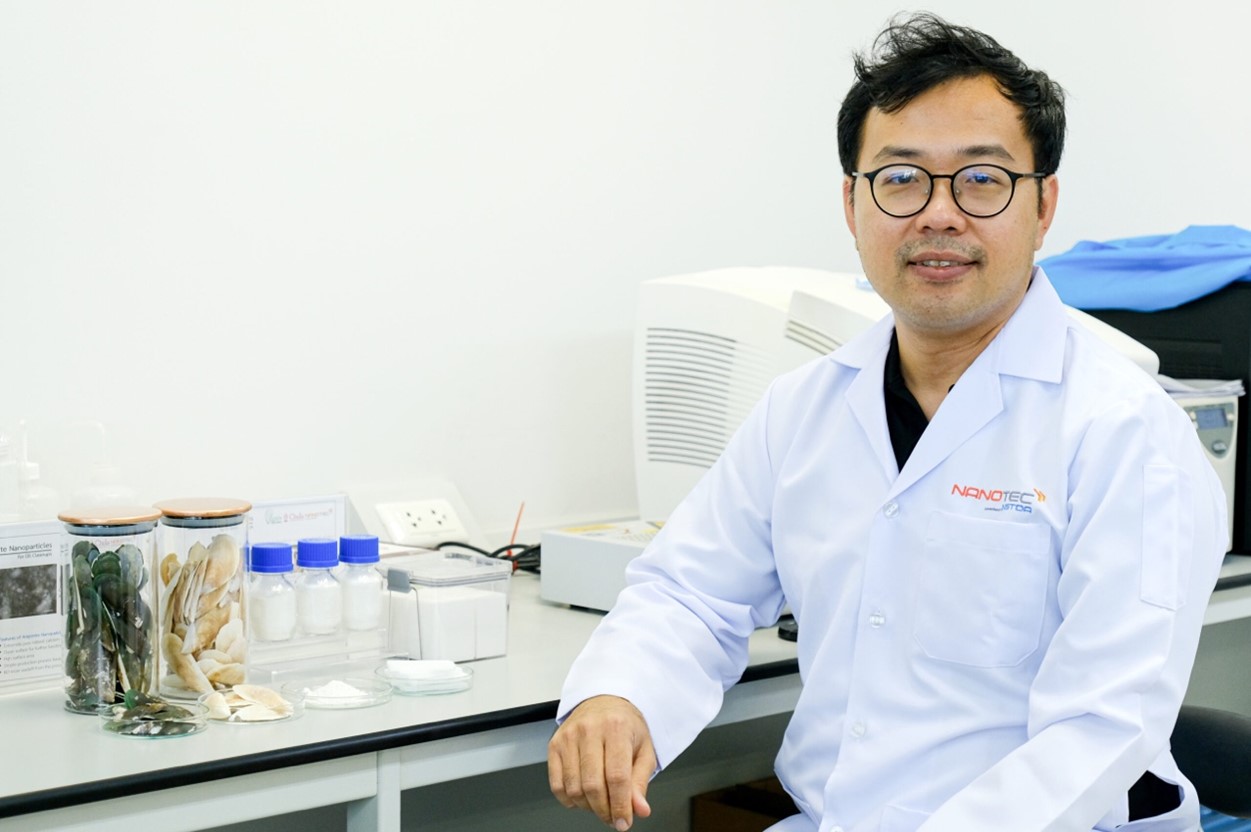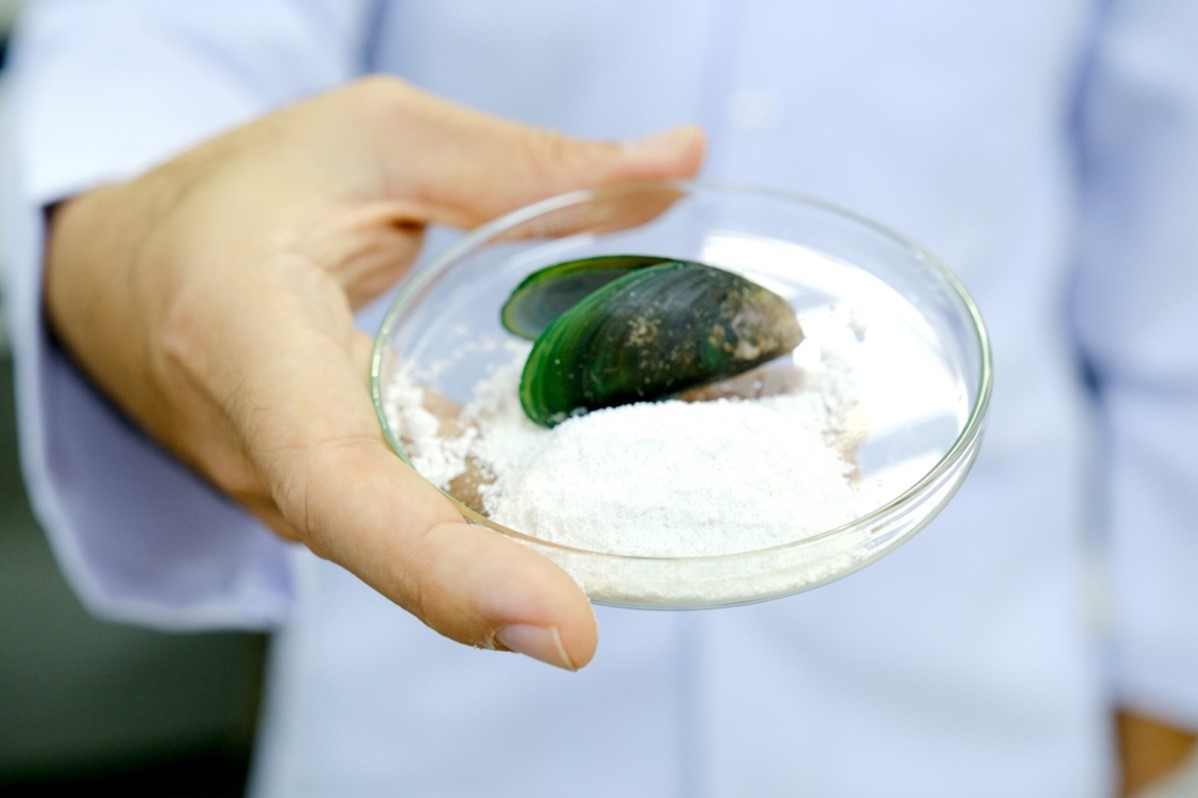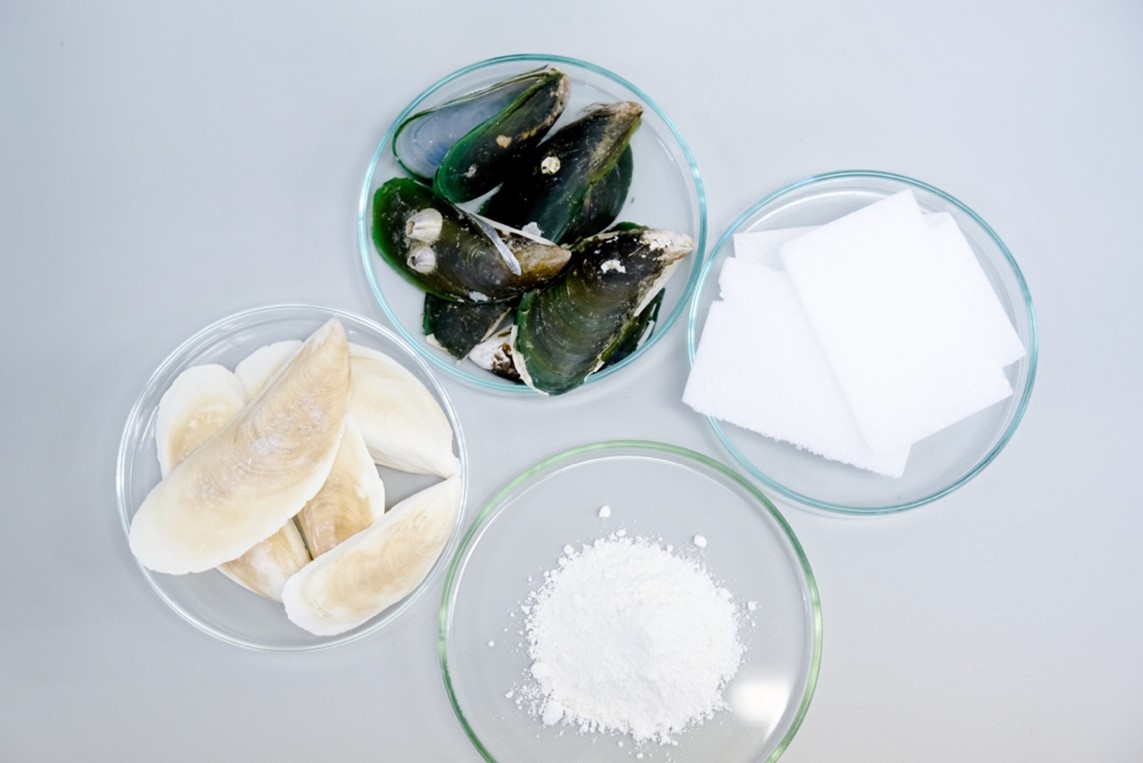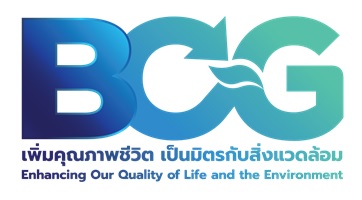Green mussels are an economically important aquatic animal in Thailand, with a massive production of 51,310 tons in 2022. While green mussels generate substantial revenue, their shells have become an environmental burden. Recognizing this issue and the economic potential of mussel shells, NANOTEC-NSTDA, in collaboration with Chulalongkorn University and Renew Innovation Company Limited, initiated a project to create high-value products from green mussel shells. The research was support by the National Research Council of Thailand (NRCT).

Dr. Chutiparn Lertvachirapaiboon, a researcher from NANOTEC’s Responsive Materials and Nanosensor Research Group, explained that the research team identified an opportunity to utilize calcium carbonate (CaCO3), a primary component found in green mussel shells, constituting over 95% of their composition, and decided to explore its industrial applications. The first product they successfully developed is a water-repellent coating to enhance water resistance of paper. This material can serve as a filler to reduce the amount of imported cellulose-based water-repellent coating, significantly lowering production costs. Moreover, this biobased water-repellent coating allows manufacturers to make their paper packaging more eco-friendly, creating opportunities for products to enter the EU market, which has stringent environmental regulations.

The production of this paper coating material involves a series of processes. Firstly, a low-temperature heat treatment is applied to remove organic materials from the shells, resulting in highly purified calcium carbonate with a purity exceeding 97%. This substance is then processed into nanoparticles, approximately 100 nm. in size, to increase its surface area. Subsequently, stearic acid is added to enhance its hydrophobic properties. Thess processes result in a coating material suitable for paper packaging.

Meanwhile, the oil absorption property of calcium carbonate has led to the development of two new products, an oil-absorbing sponge and an oil-removing cleaning spray. "Our next project is to develop a coating material for filters to enhance the efficiency of oil removal in the water treatment systems used in the dockyard,” revealed Dr. Chutiparn. The team is currently coordinating with government agencies to secure funding for this promising project.
In addition to this project, the research team has also conducted research to upcycle other types of shells. A process has been developed to extract calcium carbonate from pearl oyster shells discarded by food and jewelry industries. The extracted calcium carbonate is in an aragonite form, hexagonal crystals with 5-10 micron in size, and can be utilized in various industries. It can be used as an eco-friendly replacement for microplastics in face scrubs or converted to hydroxyapatite - an active ingredient in toothpaste that helps remineralize tooth enamel. Aragonistic calcium carbonate can also serve as a filler in plastic products to lower production costs without making finished products appear unpleasantly cloudy like conventional fillers.
Transforming industrial waste into new useful products is an example of the Bio-Circular-Green Economy (BCG) model aimed at increasing the value of biological resources, efficient resource utilization, and environmental preservation.









